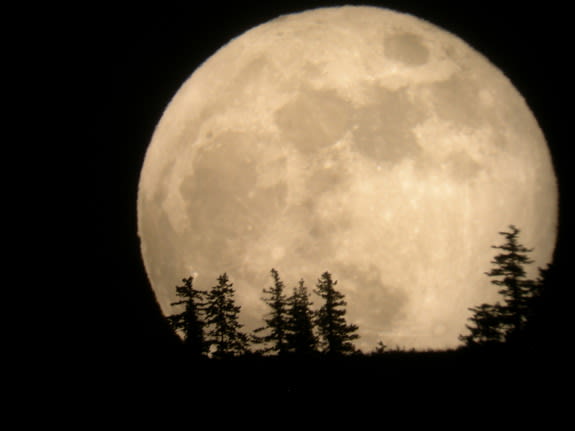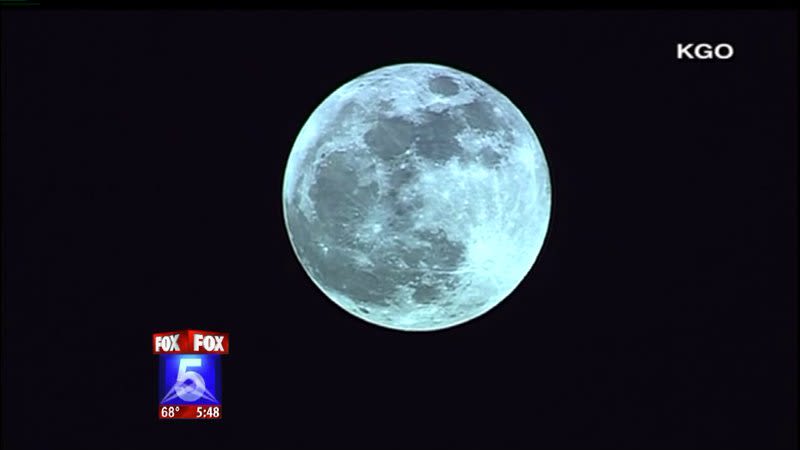

The supermoon may loom large and bright in the sky this Sunday, but the rocky orb will not trigger any natural disasters or even wreak havoc on the tides.
What the full moon's closest approach to Earth will do, however, is continue to fascinate and mystify humanity as it has for millennia.
"When I go outside and look at the full moon I feel very connected to the universe," said Michelle Thaller, the assistant director of science at NASA's Goddard Space Flight Center. "The full moon is so immediate. It looks like a place you could go, you could stand on, you could visit." [See Amazing Images of the Full Moon]
She added that Carl Sagan once spoke about how the moon may have led to
humans' desire to leave Earth and explore the universe, because other
bodies, like the stars and planets, are so far away they aren't
immediately visible.
"But the moon is so there; it's a part of our lives; it may have
affected the way humans thought about the universe, our evolution as a
culture," Thaller told LiveScience.
And this Sunday's full moon will be a close one. Since the moon takes an elliptical path around Earth, it can swing far away from us at one point on its orbit — called apogee — and super close during the lunar perigee.
Sunday's supermoon
will reach its peak fullness at 7:32 a.m. EDT on Sunday (June 23),
which is about 32 minutes after the moon reaches perigee; at this point,
the moon will be about 221,300 miles (357,000 km) from Earth."The close timing of the moon's perigee and its full phase are what will bring about the biggest full moon of the year, a celestial event popularly defined by some as a 'supermoon,' said Joe Rao, as quoted by SPACE.com, a sister site to LiveScience.
At its closest and fullest, the supermoon will appear 12 percent larger than it will look during apogee on Jan. 16, 2014. The large ball in the sky has caused some to howl, it seems.
"A lot of the misconceptions are that this is somehow dangerous, that when the moon is a little bit closer, the gravity will cause earthquakes or tidal waves, or particularly high tides of any sort and that's just not true," Thaller said. "We've looked very hard to see if there were any correlations between where the moon is and natural disasters, and there just doesn't seem to be any relationship at all."
Thaller even mentioned that some thought that when they looked into a bowl of water under the light of the full moon they would see their future husband. "Unfortunately there really isn't any scientific basis for that," she added.
You can watch a free webcast of 2013 supermoon full moon on SPACE.com beginning on Sunday at 9 p.m. EDT (0100 June 24), courtesy of the skywatching website Slooh Space Camera.

No comments:
Post a Comment